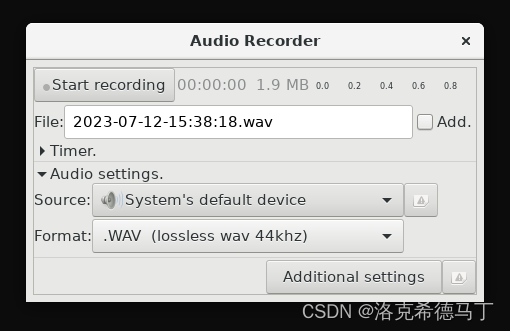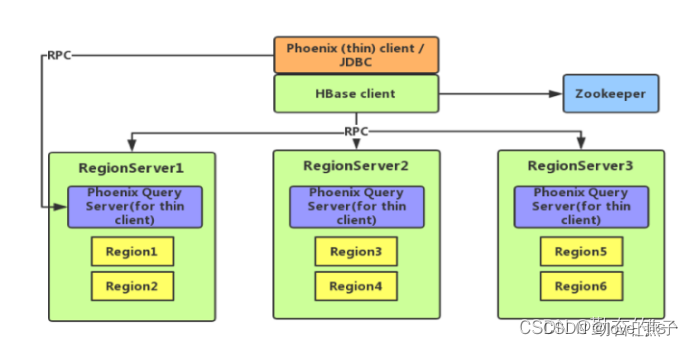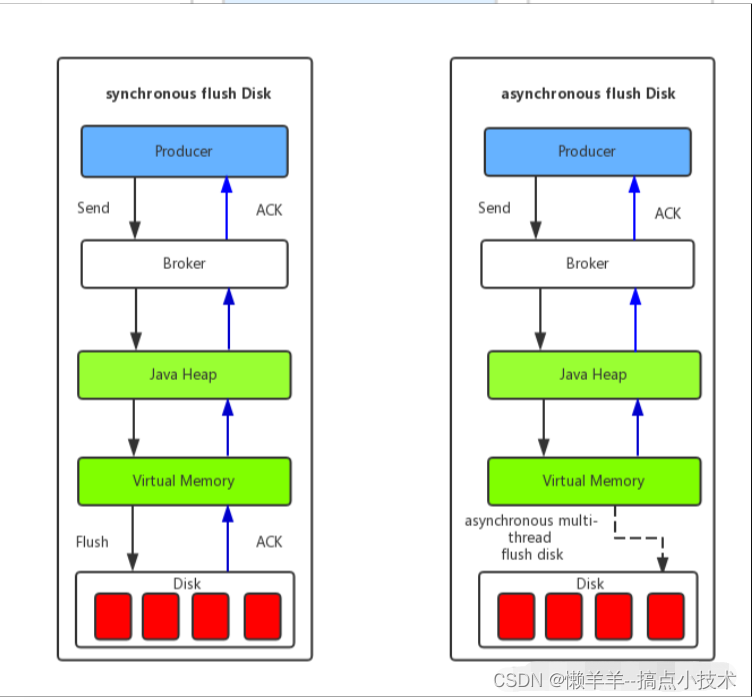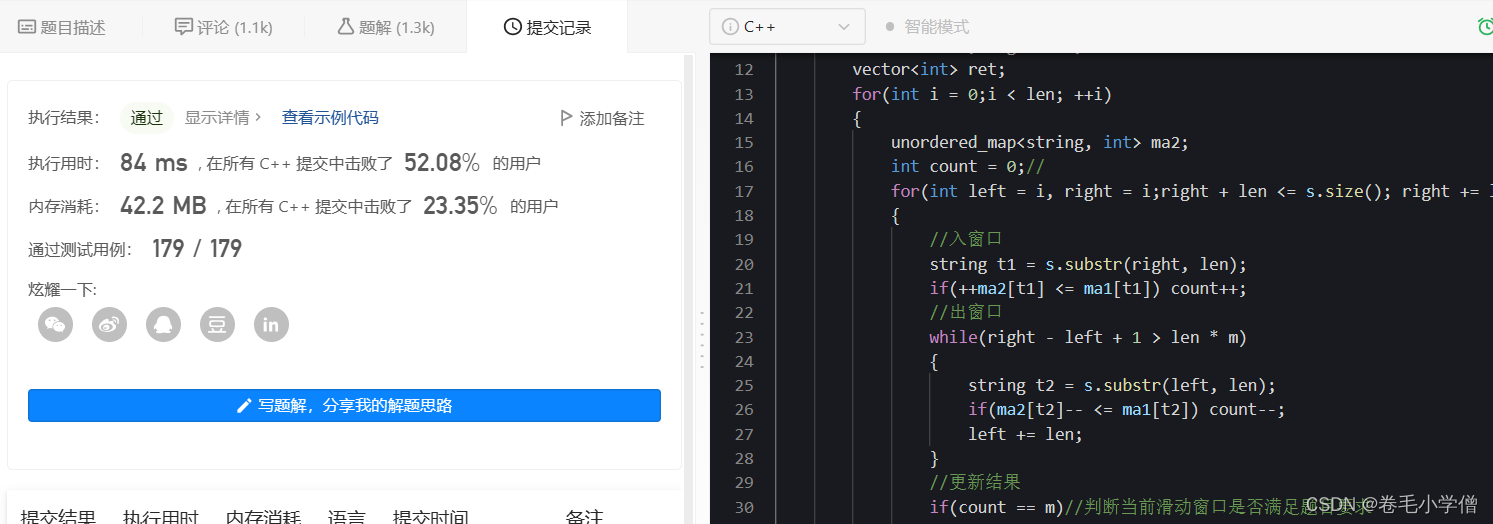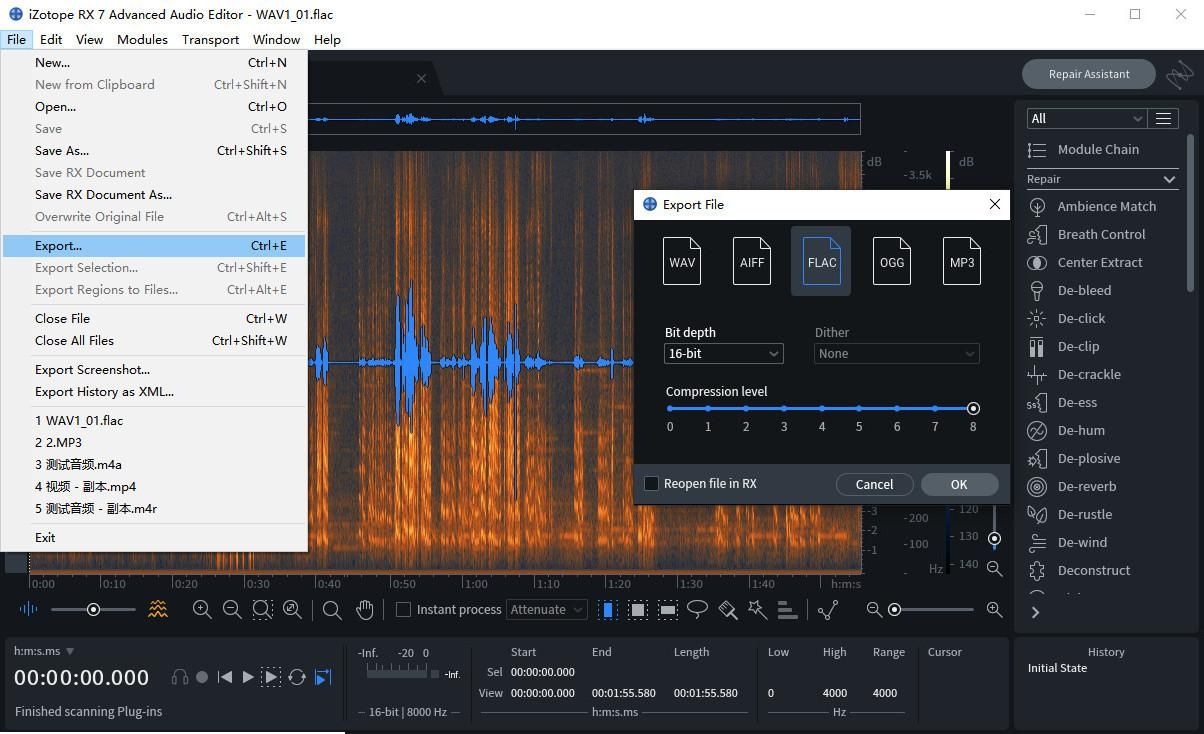文章目录
- 1.随机高度
- 2.随机速度
- 3.整段代码
- 4.总结
1.随机高度
那既然是随机,自然少不了随机函数rand()咯~
详见:C++爱好者的自我修养(17):rand()随机函数
那么随机速度就可以是:
rect_height = rand() % int(height / 4) + height / 4;
也就是先生成一个随机数,再对四分之一的整个画面高度进行求模(返回余数),再加上四分之一的整个画面高度
2.随机速度
与上面同理,随机速度就是:
rect_vx = rand() / float(RAND_MAX) * 4 - 7;
这个是经过测试可行的
3.整段代码
那么整段代码就是:
#include<graphics.h>
#include<conio.h>
#include<stdio.h>
int main() {
double width, height;//定义画面长度、宽度
width = 600;
height = 400;
initgraph(width, height);
double ball_x, ball_y,ball_vy, r,g;//定义小球x轴、y轴、y轴方向的速度、半径、重力加速度
g = 0.6;
r = 20;
ball_x = width / 4;//x坐标等于整个画面x轴长度的四分之一
ball_y = height - r;//y坐标等于画面的y轴长度减去圆的半径(保证圆在画面的最底端)
ball_vy = 0; //最初小球落在地面上时y轴方向的速度为0
double rect_left_x, rect_top_y, rect_width, rect_height;//定义方块的各个位置变量
rect_width = 20;
rect_height = 100;
rect_left_x = width * 3 / 4;
rect_top_y = height - rect_height;
double rect_vx = -3;//定义方块的移动速度
while (1){
if (_kbhit()) {
char input = _getch();
if (input == ' ') {
ball_vy = -16;
}
}
ball_vy = ball_vy + g;//根据牛顿力学定律得
ball_y = ball_y + ball_vy;//小球y轴方向的变化
if (ball_y >= height - r) {
ball_vy = 0;//小球落地以后速度清零
ball_y = height - r;
}
rect_left_x = rect_left_x + rect_vx;
if (rect_left_x <= 0) {//如果方块移动到最左边
rect_left_x = width;//方块消失以后重新出现
rect_height = rand() % int(height / 4) + height / 4;//设置随机高度
rect_vx = rand() / float(RAND_MAX) * 4 - 7;//设置方块随机速度
}
if ((rect_left_x <= ball_x + r) && (rect_left_x + rect_width >= ball_x - r)&&(height-rect_height<=ball_y+r)) {
Sleep(100);//碰到方块慢动作
}
cleardevice();
fillrectangle(rect_left_x, height - rect_height, rect_left_x + rect_width, height);
fillcircle(ball_x, ball_y, r);
Sleep(10);
}
_getch();
closegraph();
return 0;
}
效果:

4.总结
那么我们的这个小游戏就已经基本完成了,剩下的就是一些得分方面的完善了
